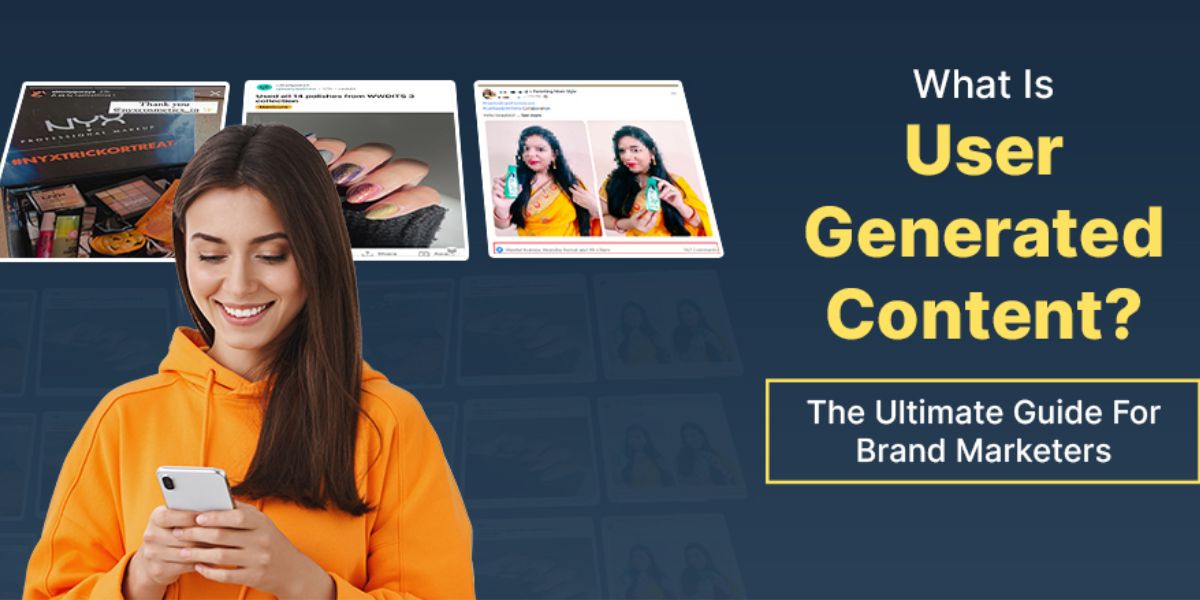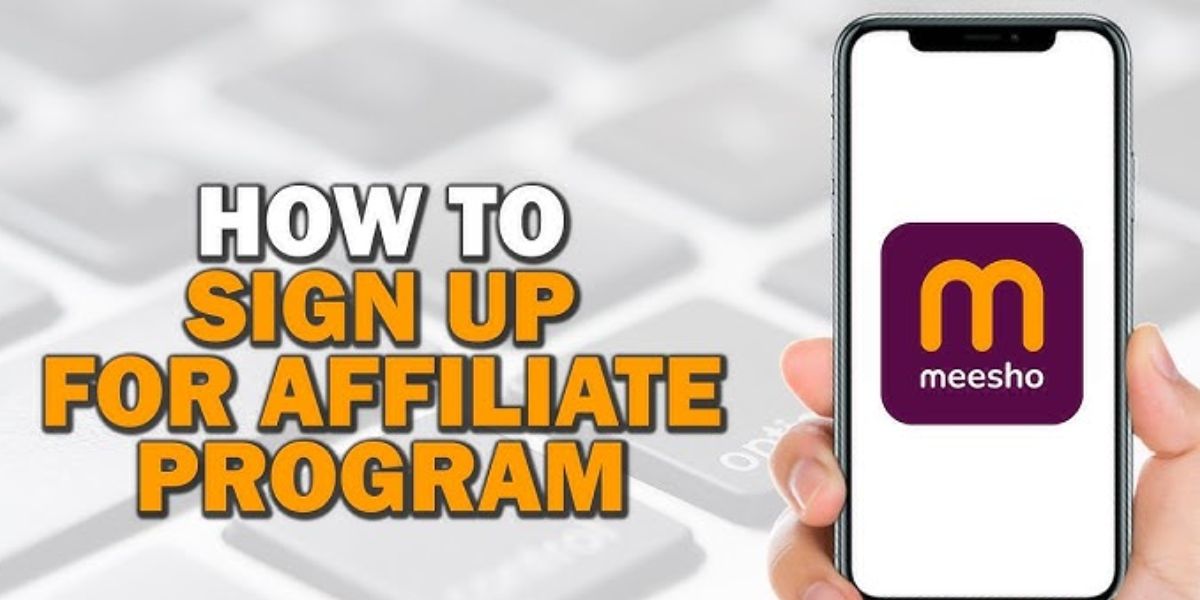User-Generated Content:

Think about the last time you shopped for something online. Did a glowing review from a real consumer help secure the deal? Perhaps you noticed someone wearing stylish attire on social media and felt inspired to check out the brand. That’s the dominance of User-Generated Content (UGC); real people sharing real experiences greatly impact buying choices.
Today, brands aren’t just telling their own stories but also letting their clients do it for them. From small entities to well-known worldwide leaders, UGC has become a go-to strategy for fostering trust and turning engagement into action.
Whether you are a business owner, a marketer, or just an individual who is curious about how social proof shapes consumer behavior, this article will help you learn:
- What is User-Generated Content?
- Why UGC is a must-have for businesses?
- How do businesses (big and small) successfully leverage UGC?
- Proven tips to convert UGC into conversions and engagement.
Get ready to make user-generated content work for you!
What Is User-Generated Content (UGC)?

Are you scrolling the web to know what is a UGC? Look no further as here you might get a clear response. User-generated content or Consumer-generated content is any content created by real consumers and shared across online platforms. Different forms of UGC are testimonials, reviews, photos, and videos. UGC enables audiences to show off their true experience and makes marketing more impactful and relevant.
If you too, want to make the most of user-generated content, you’re suggested to leverage a well-built user-generated content platform. These platforms could help users collect, manage, and relocate content with ease, as well as boost brand visibility and credibility.
Why Is UGC Important?

After reading the section above, you can define user-generated content, too. But do you know why UGC matters? User-generated content plays an essential role at every stage, from discovery to purchase. Showcasing factual experiences and genuine feedback, businesses can boost engagement and increase conversions. Be it featured on social media, product pages, emails, or checkout screens, UGC helps foster trust and influence buying decisions.
1. Legitimacy in Marketing
Today, businesses are constantly competing for the attention of shoppers. Notably, customers are becoming more selective, so they are more likely to connect with brands they trust and that meet their needs.
This is where UGC comes into handy. Unlike usual ads, UGC feels authentic because it comes directly from real consumers, brand advocates, or employees. As per studies, 86 percent of consumers rely on businesses that use UGC, while only 12 percent are impacted by traditional influencer promotions. Although authenticity is key; constructing UGC can backfire, damaging your brand’s goodwill. Focus on unique content from true users to build trust and engagement, instead.
When considering the definition user user-generated content, think of it as today’s version of word-of-mouth marketing – where honest consumer experiences speak louder than fancy advertisements.
2. Strengthening Brand Loyalty
People love to feel connected to the brands they support, and UGC marketing cultivates that feeling. When consumers produce and share content featuring a brand, they become part of its story under their emotional connection and loyalty.
More than engagement, UGC allows two-way conversations between brands and their consumers. Their interactions strengthen connections and turn casual buyers into dedicated brand advocates. When brands provide real customer experiences, they build trust and foster a sense of community. Not only does this encourage repeat business, but it also strengthens buyer loyalty. The more people feel valued and heard, the more likely they are to stay connected to your brand.
3. Social Evidence
Trust in customary advertising is at an all-time low, and shoppers are more skeptical than before. Attractive marketing alone is not enough to convince people; brands need to prove their credibility in more meaningful ways.
In such a case, social proof comes in handy. People tend to follow the choices of others, specifically when they notice real consumers having positive experiences with the offerings. Consumer-generated content marketing provides authentic support from real users rather than scripted brand messages.
When shoppers see that other people are legitimately enjoying a product or service, they are more likely to rely on the brand and consider purchasing it. Rather than just promoting your business, let happy customers talk and share their experiences.
4. Content Creation
User-generated content isn’t limited to social media platforms; it can also increase several marketing channels. For example, adding consumer pictures in cart abandonment emails can cheer unsure shoppers to complete their purchases. Featuring UGC on landing pages can also increase conversions and provide authentic product representations.
Some businesses take it a step further. For instance, Calvin Klein produced a dedicated UGC landing page featuring real consumers wearing their items. Noticing everyday people style their attires makes the brand feel more relatable, resulting in reinforcing trust and influencing buying choices.
5. Affordable Marketing
Producing premium-quality user-generated content in marketing can be pricey, particularly when collaborating with agencies or influencers. However, UGC provides an affordable substitute that ensures authentic engagement without the costlier price tag.
Asking consumers to share their experiences costs little to nothing, yet it helps brands establish trust and maximize their reach. Many consumers are excited to have their content featured, which makes UGC a natural way to foster brand loyalty.
For small-level businesses or start-ups, UGC makes it easier to improve their visibility and connect with audiences with no costly ad campaigns needed.
Examples of Successful UGC Campaigns

Regardless of their size, businesses use UGC content to increase awareness, boost social engagement and conversion, maximize their reach, and grow their brand cost-effectively.
Example 1: Airbnb’s “Live There” Campaign
Airbnb reintroduced travel with its campaign named “Live There”. They leverage UGC to show off real experiences from travelers across the globe. The campaign featured unique homes and local lifestyles, which encouraged visitors to immerse themselves in their destinations. Highlighting authentic guest stories and pictures, Airbnb inspired travelers to explore new places through the eyes of those who have had experienced them.
Example 2: GoPro UGC-Powered Success
GoPro has established a flourishing community, and it’s done by turning consumers into creators. The brand presents real adventures clicked by users, filling its YT channel with engaging, high-energy footage. Knowing the power of this association, GoPro now hosts its own awards shows and daily picture challenges to encourage users to push creative boundaries and strengthen their connection with the brand.
Example 3: Spotify’s #FindYourFeels Campaign
Spotify harnessed the emotional power of music with its campaign called #FindYourFeels campaign, so users share personal stories about how songs influence their moods and experiences. By leveraging real listener insights, the campaign cultivated a stream of true, relatable content that presents the diverse ways people connect with music. Not only did it strengthen Spotify’s community engagement, but this approach also solidified the platform as an important part of users’ daily lives.
How to make the most of user-generated content

For brands, producing user-generated content is a smart approach. Follow the below given proven tips to easily integrate it into your marketing plan.
1. Get Permission Before Sharing
Respecting creators is important when using user-generated content marketing. Always get permission before reposting a consumer’s content, even though they’ve used your branded Hashtag.
Just because someone publishes a picture or video highlighting your brand doesn’t mean they intended it to be used in marketing. Reposting content without consent can damage trust and frustrate loyal consumers.
When requesting permissions, you acknowledge and respect their contributions, strengthening the connection while avoiding potential copyright problems. Moreover, receiving favorable feedback makes creators more likely to interact with your brand in the future.
2. Understand Your Content Needs
Users are often eager to have their content highlighted, but they need clear guidance on what they’re looking forward to. Define the type of content that matches your brand, whether it’s unboxing videos, product reviews, or lifestyle shots.
Giving clear directions makes it easier for consumers to produce and share content that fits their needs. As a result, it increases the chance of premium quality, on-brand submissions.
3. Acknowledge and Tag the Creator
Whenever you share user-generated content on Instagram, make sure you recognize the original creator. Tag them in your post and noticeably state whether you’re sharing their picture, video, or words.
If you post across numerous platforms, check how the creators choose to be credited. For example, someone sharing content on IG might also have a Facebook or X profile that you can tag.
Offering clear credit not only conveys appreciation but also encourages more users to engage with your brand. It gives reassurances to the audience that the content is genuine and establishes a stronger connection with your community.
4. Align UGC with Marketing Goals
Before you request user-generated content for marketing, understand how it fits into your wider marketing strategy. Instead of collecting random brand mentions, you should focus on content that supports your specific objectives. This could be anything from driving engagement, increasing conversions, or demonstrating the product’s versatility.
To begin, review your social media and marketing objectives. After that, create a clear message to tell users what type of content you want. Make it easy for them to participate by spreading these guidelines in key elements:
- Past UGC posts
- Social Media Bios
- In-store displays or product packaging
- Your site and landing pages.
A well-crafted UGC strategy ensures that the content you collect is appealing in terms of looks and drives meaningful results for your business.
Conclusion | ugc content
User-generated content is a great way to understand your consumers better. By drawing attention to what they share, you can see how they use your products and stay updated on trends. This helps keep your business relevant, establishes trust, and strengthens the relationship between brand and consumer.
FAQ on What is a user-generated content
- What is user-generated content?
User-generated content is posted content that an unpaid contributor offers to a site. The detail might be a video, picture, discussion forum post or blog, comment, or poll response made using a social media site.
- What is a type of user-generated content?
The UGC content can come in any format, including image, video, blog, testimonial, review, live stream, or even a podcast.
- Why is User-Generated Content so impactful?
UGC can establish a more authentic connection between businesses and their audiences. Unlike customary ads, which often seem unfriendly or sales-driven, UGC feels more reliable and relevant.
- Where to post UGC content?
Social media sites such as Instagram, TikTok, X, Facebook, Reddit, and Pinterest are the most popular UGC platforms. You can post videos, photos, and text posts to interact with other UGC content through comments, shares, and likes.
- What are the downsides of UGC?
Although UGC provides engagement and useful insights, there are also risks of spam, misuse, or wrong content. Continuously monitor UGC to ensure it matches your brand’s values and messaging. This keeps your content original, engaging, and impactful.







